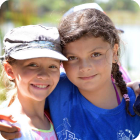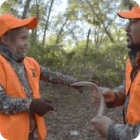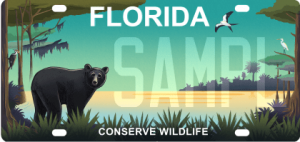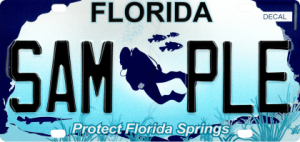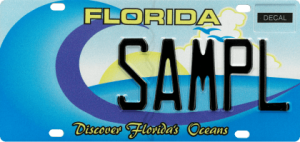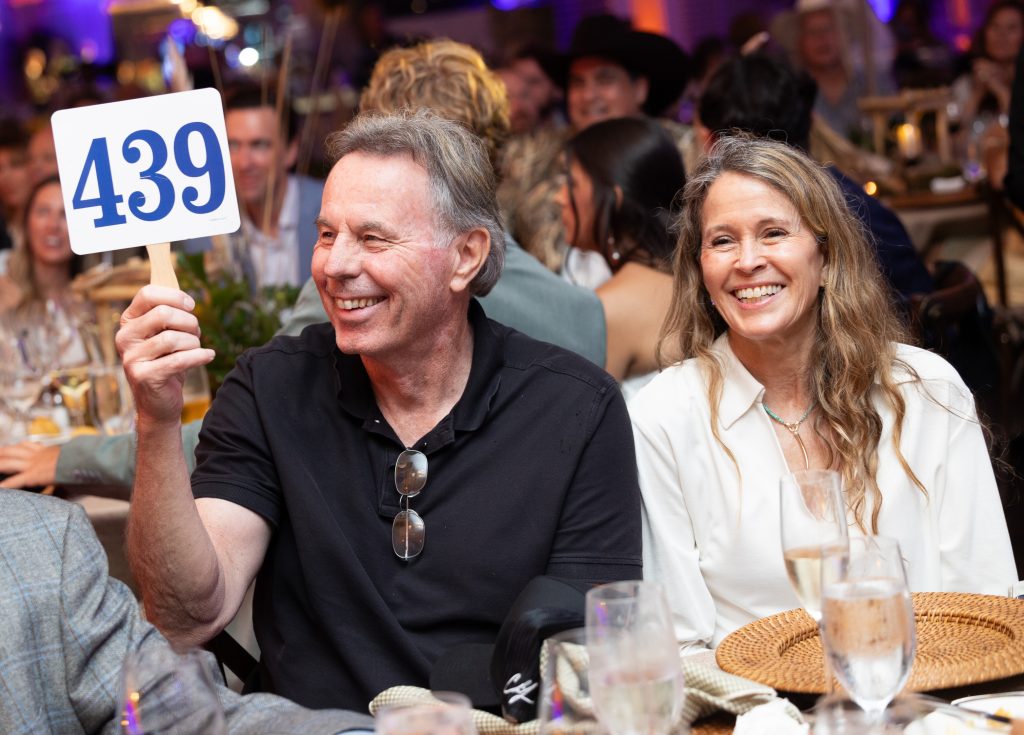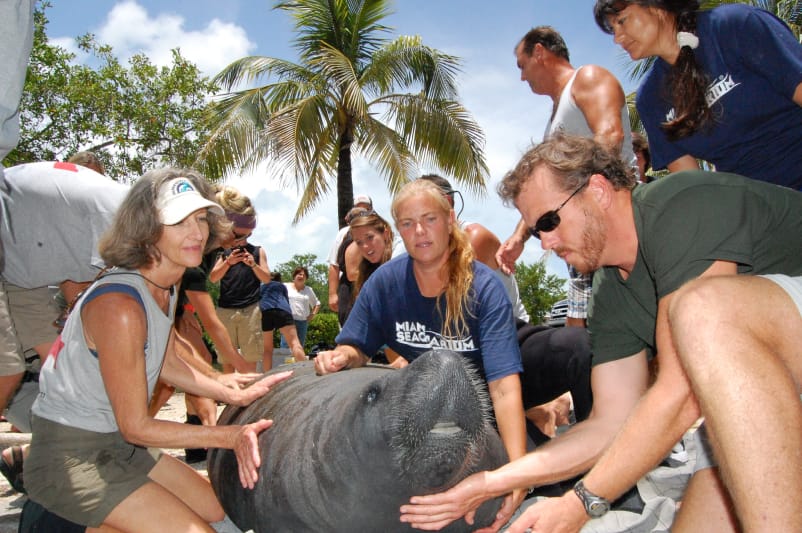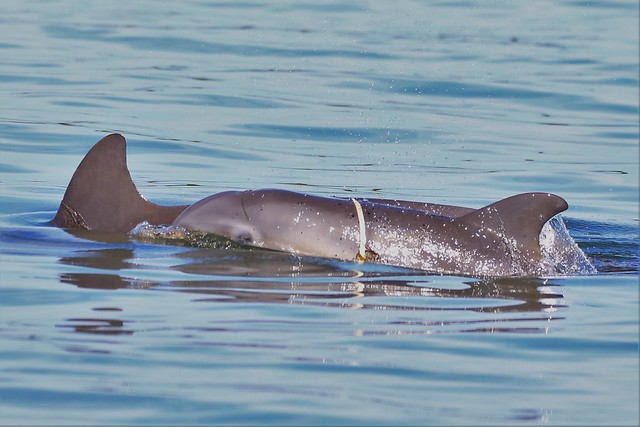
Hidden beneath Florida’s picturesque waves is a huge problem. Microplastics have found their way into our oceans and while their effects on people are not fully known, research has shown them to be a threat to marine life.
Microplastics are small pieces of plastic measuring 1/8 inch or less. They can be anything from small pieces of plastic bags to sequins from clothing. These microplastics frequently end up in the ocean through stormwater and sewer treatment plants. Microbeads are a type of polyethylene microplastic found in many cosmetic products and toothpastes. Microbeads are added to these products for cleaning and exfoliating purposes, but their small size lets them pass through water filtration systems. Once through the filtration systems, they go into oceans and lakes. The United States Microbead-Free Waters Act placed a ban on microbead products, requiring them to be phased out by July 2017. Many other countries like the United Kingdom, France, India, and South Korea have placed restrictions on microbead products as well.
Chemicals and pollutants like pesticides easily stick to microplastics. The chemicals on the microplastics can have hormonal effects on marine life, causing reproduction issues. If enough animals become affected, the whole food chain can be impacted. Microplastics are also similar in size to plankton, so when oysters, clams, and mussels filter feed, they collect microplastics in their bodies. When animals eat the oysters, they ingest the toxic microplastics, continuing up the food chain. Right now, scientists aren’t sure what effect microplastics have on humans, but in a recent study published in the Annals of Internal Medicine, microplastics were found in all human subjects.
Microplastics in Tampa Bay
Kinsley McEachern, a graduate student from the University of South Florida St. Petersburg, was the lead researcher on a project that sought to determine the extent of microplastics present in Tampa Bay. Tampa Bay is Florida’s largest estuary, a highly important part of the Gulf ecosystem. McEachern and her partners spent 14 months checking 24 sampling spots around Tampa Bay. The water samples went through testing to verify that the foreign objects identified were actually plastic. The researchers found an average of four pieces of microplastic per gallon of water and more than 600 pieces per pound of dry sediment. This totaled about four billion pieces of microplastic in Tampa Bay in total! The study was published in Marine Pollution Bulletin. McEachern plans to follow this up with a new study to determine the effects of microplastics on Tampa Bay marine life.
For now, the best protection against microplastic pollution is prevention. Responsibly discarding trash and using recycling facilities where available can go a long way in preventing unnecessary pollution. If you love Florida’s oceans and the natural beauty our state has to offer, please donate here.


